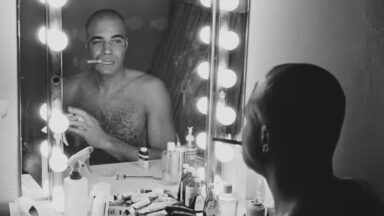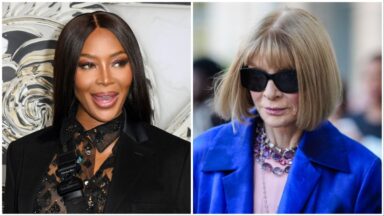Dizzy Gillespie, with his signature puffed cheeks, horned-rim glasses, beret and bent-bell trumpet, used this musical talent to become a world-renowned figure in the world of jazz. The late trumpeter was born October 21, 1917 in Cheraw, S.C.
John Birks Gillespie grew up in a musical household and began playing instruments as a preschooler under his bandleader father’s guidance. Gillespie, who taught himself the trombone and the trumpet, earned a music scholarship to North Carolina’s Laurinburg Institute where he studied for a couple of years before moving with his family to Philadelphia.
As a teenager, Gillespie became a professional musician with the Frank Fairfax Orchestra before branching out on his own as a freelance player. He began a two-year stint with Cab Calloway’s orchestra but was ousted from the band after he allegedly threw a spitball at the bandleader, which set off a fight that ended with Gillespie stabbing Calloway in the leg.
Protests Escalate Again In Hong Kong
From 1937 to 1944, Gillespie played with a number of rising jazz legends in swing bands while leading as well. Along with Charlie “Bird” Parker, the pair developed the be-bop style, moving jazz away from its more straightforward roots and elevating a looser, free-form playing style. Gillespie is also considered a pioneer in bringing Latin and Caribbean influences to the genre. After meeting Cuban musician Chano Pozo, the two developed what is now widely known as Afro-Cuban jazz. Gillespie later toured with
In 1956, the U.S. State Department funded efforts to bring jazz to the global stage with Gillespie leading the effort, earning him the nickname and unofficial title of “The Ambassador of Jazz.” Although his career waned somewhat in the ’70s and ‘80s, he remained a fixture and fierce champion of the genre that he helped to modernize until his final days.



Recent Comments